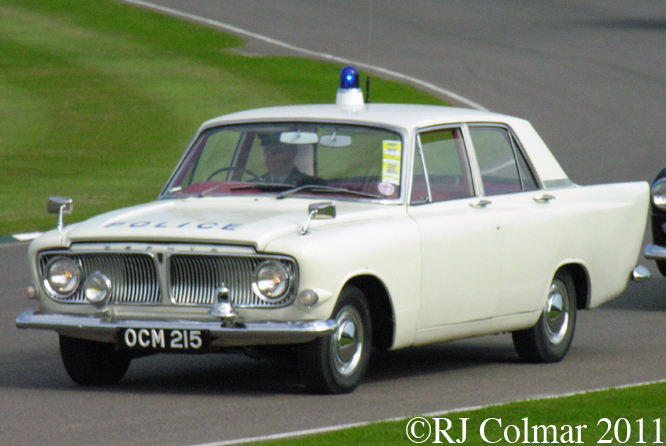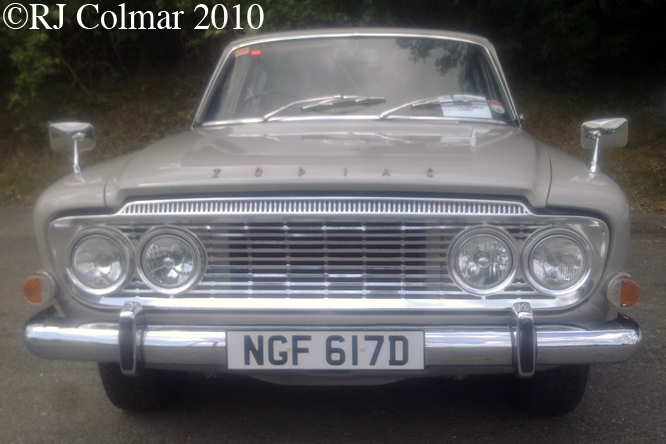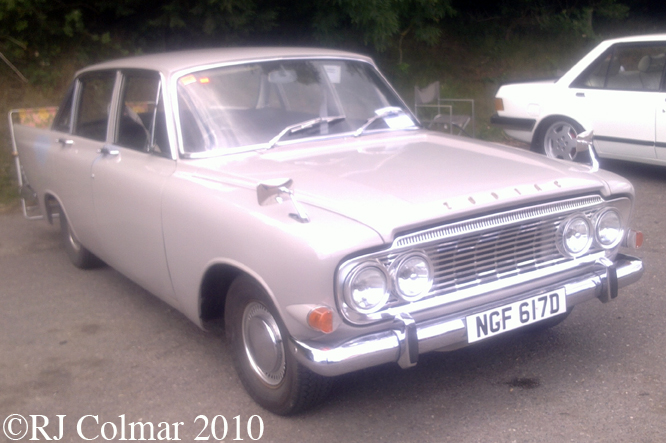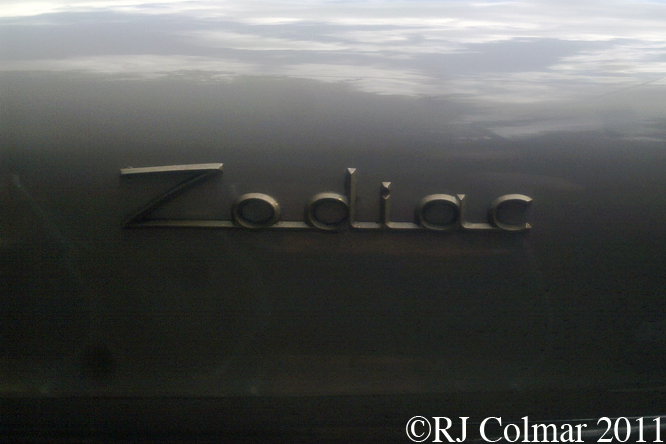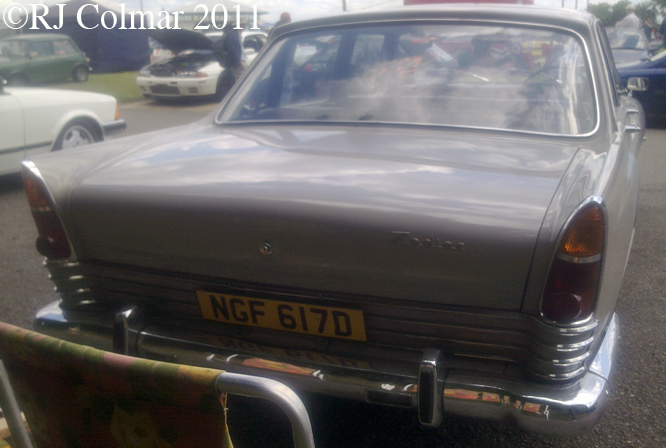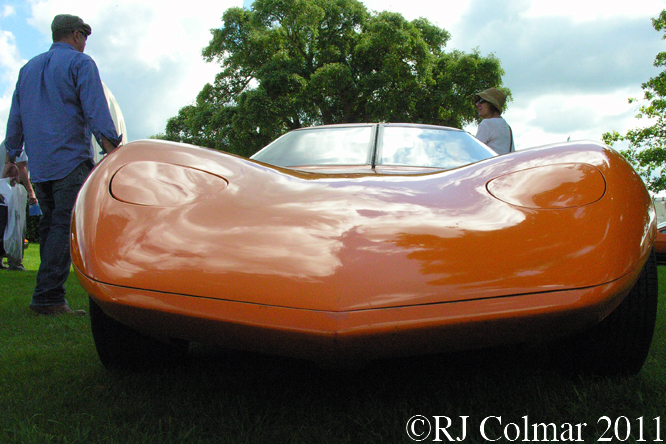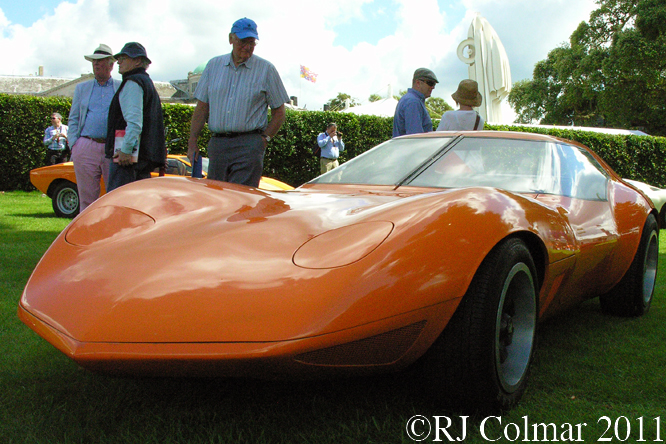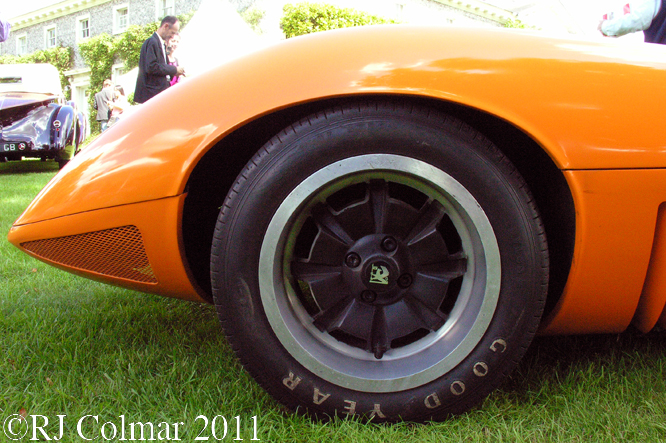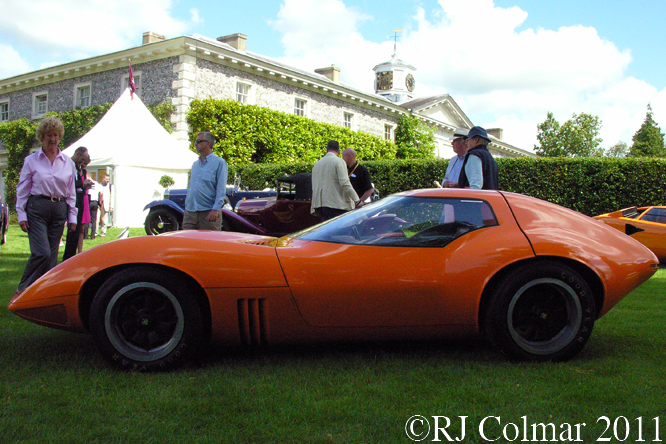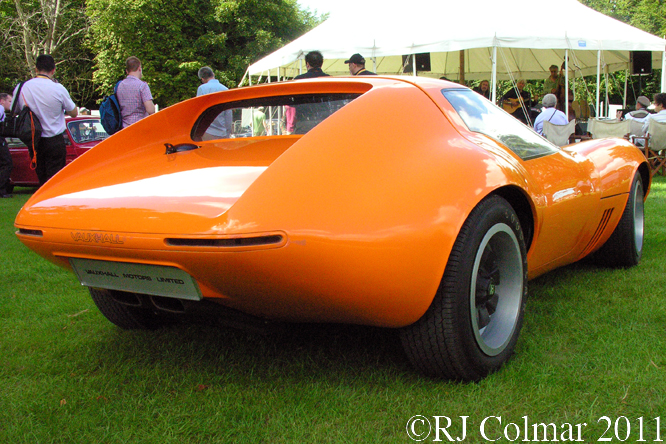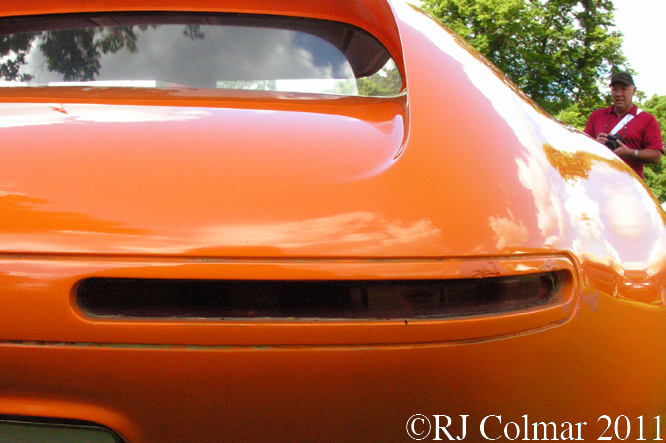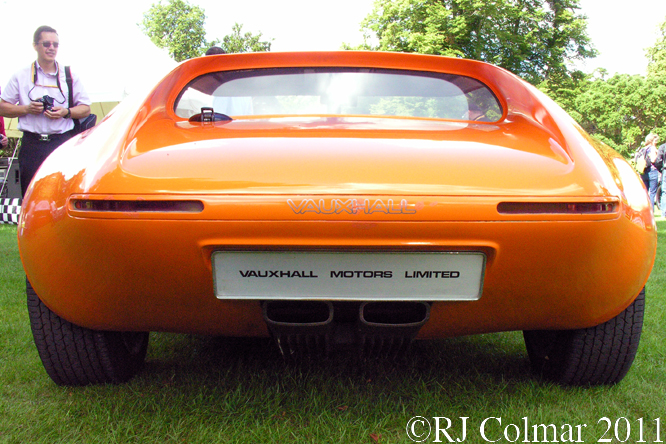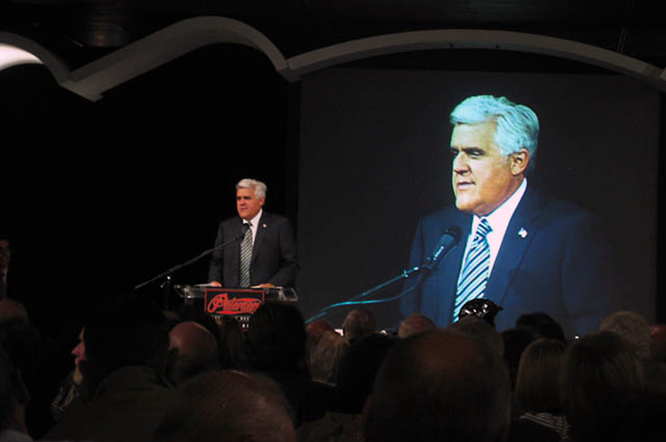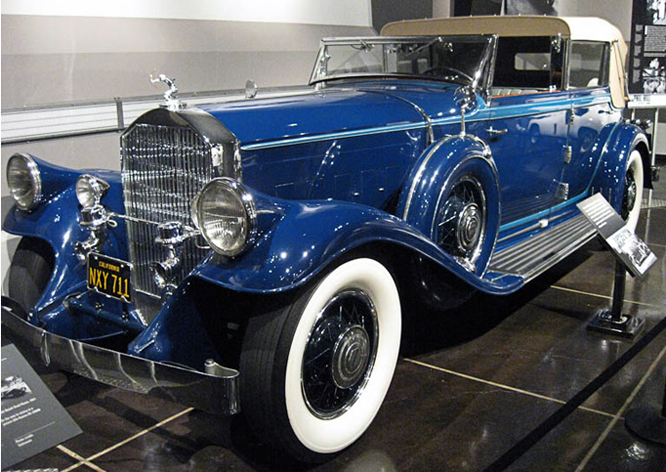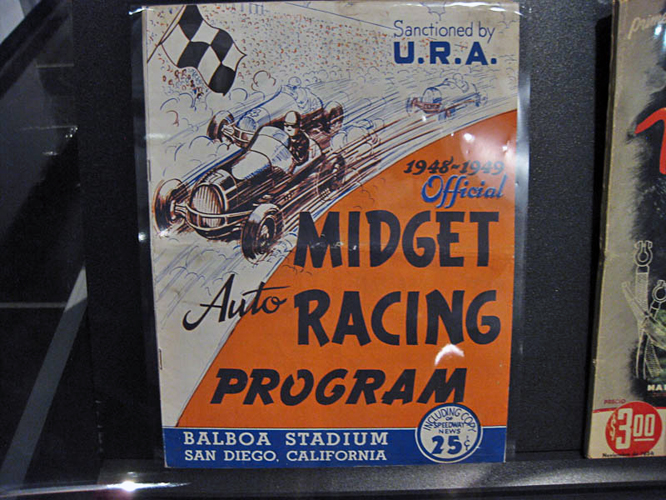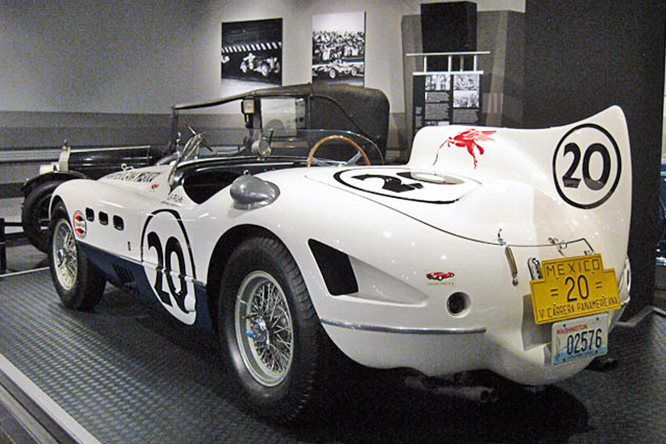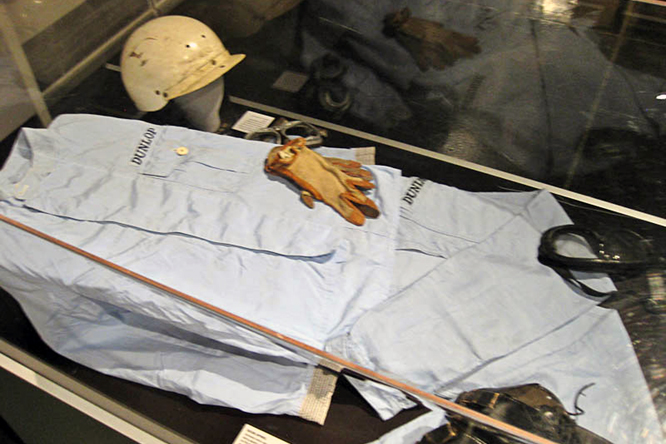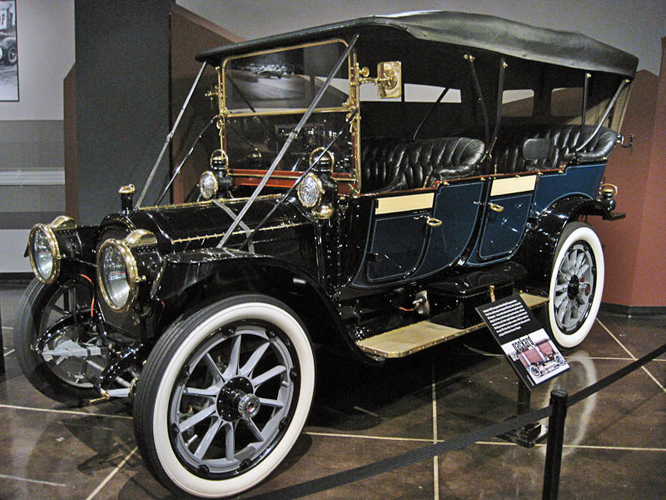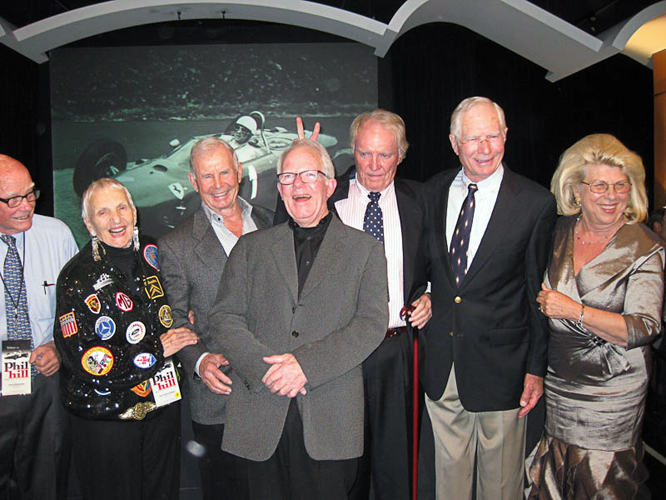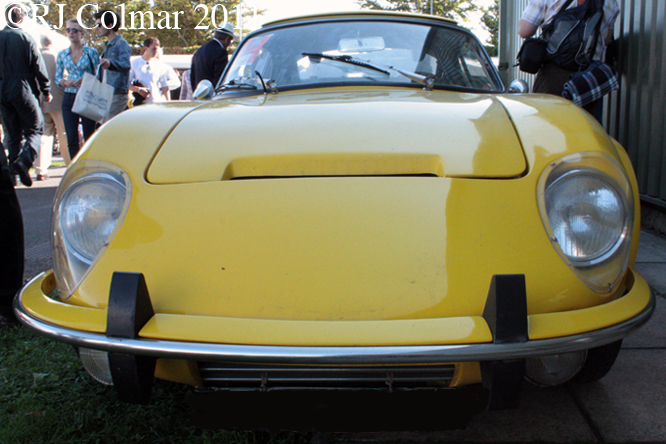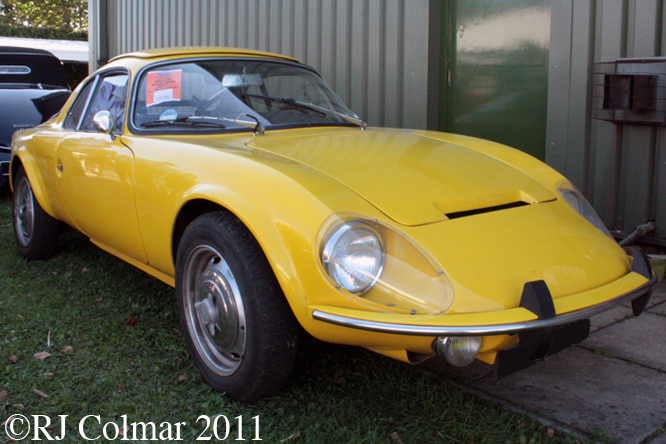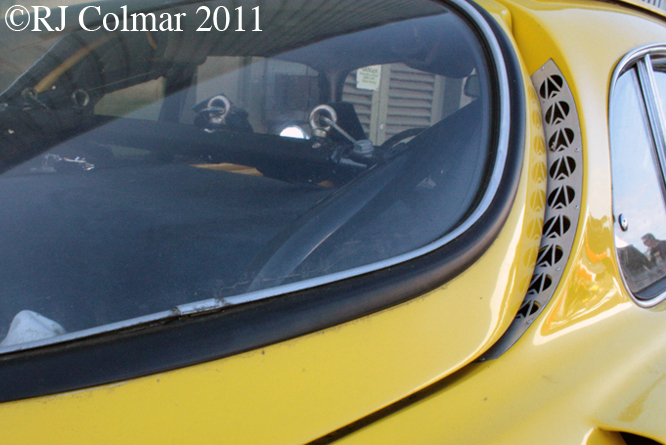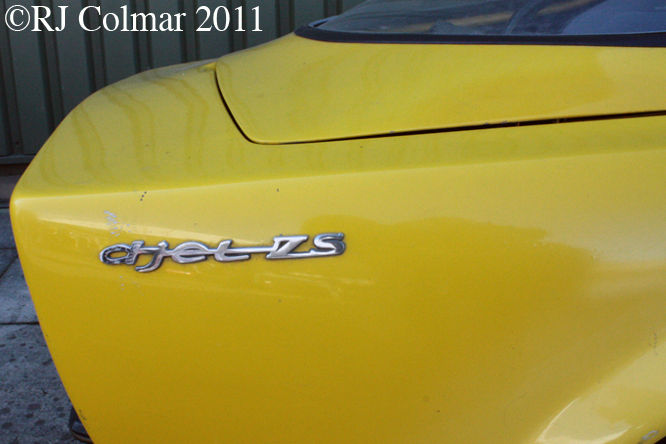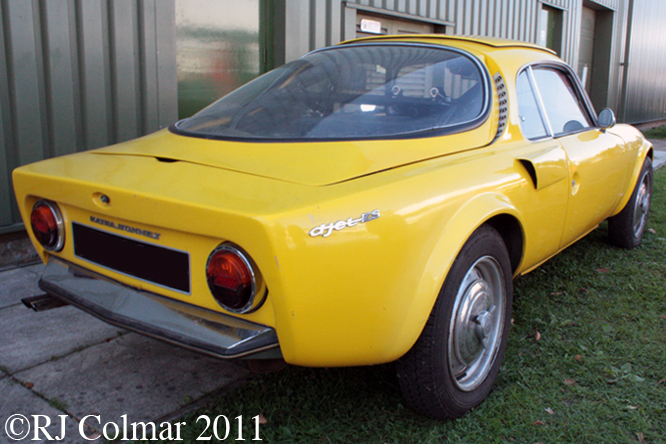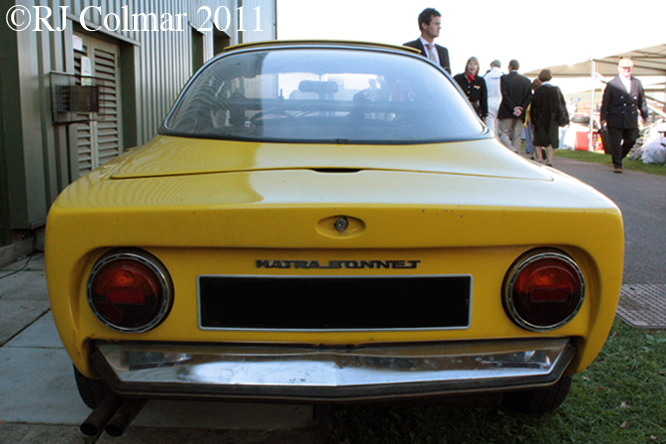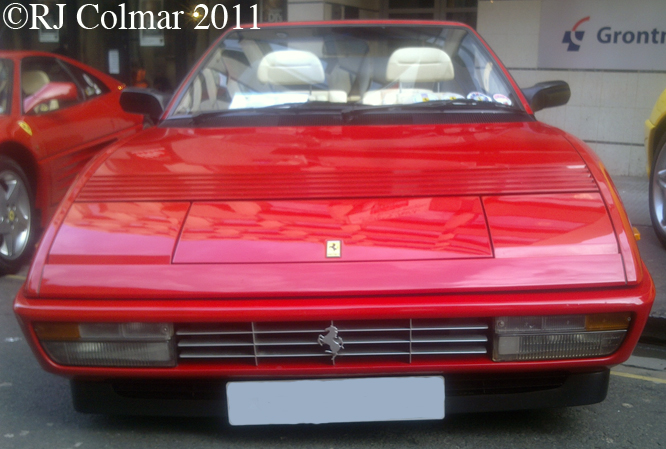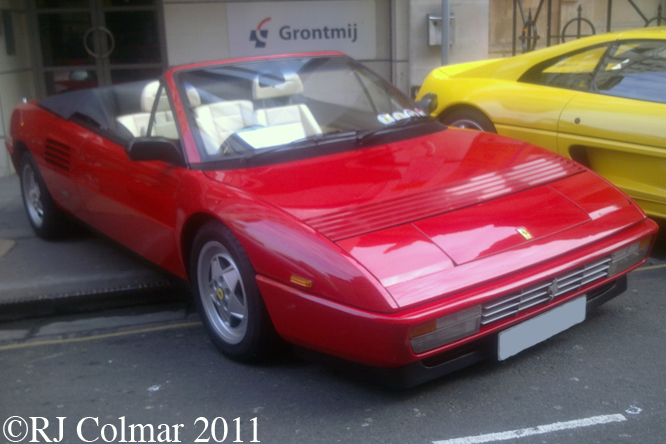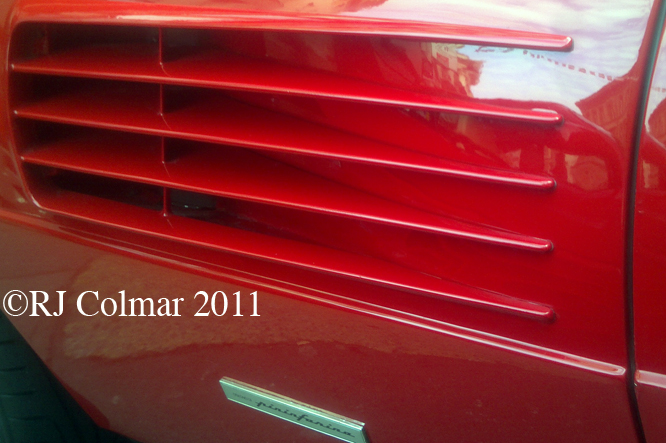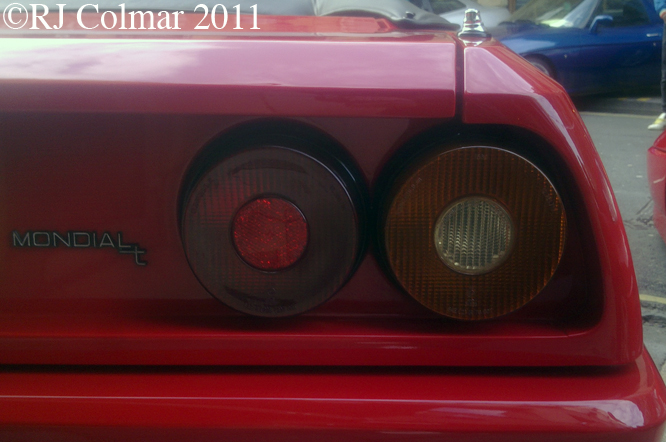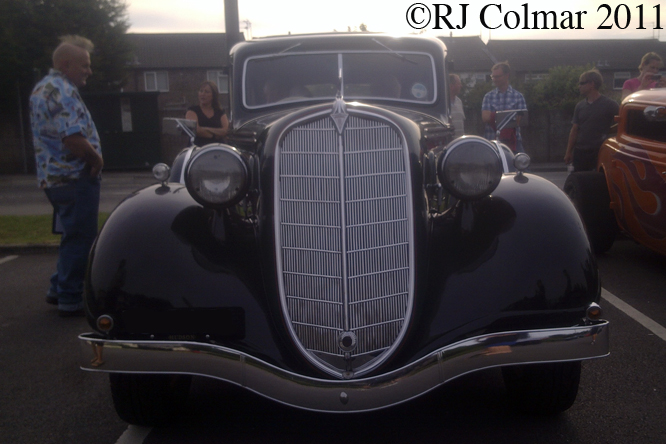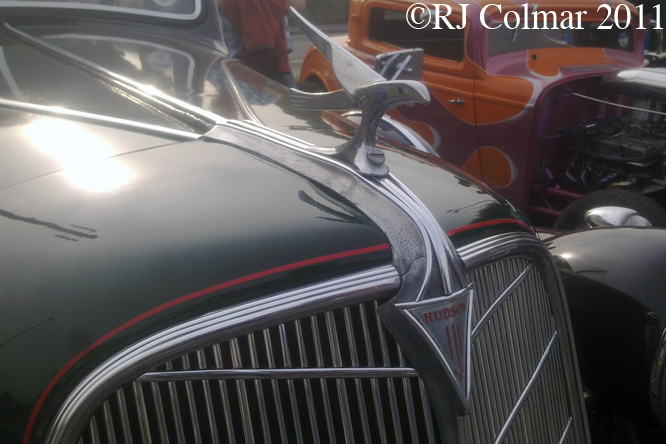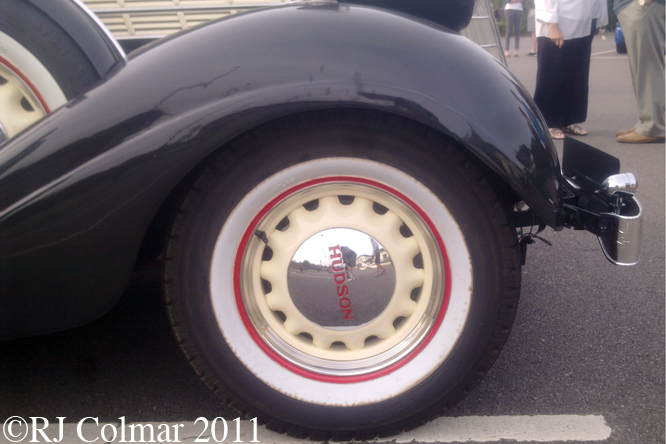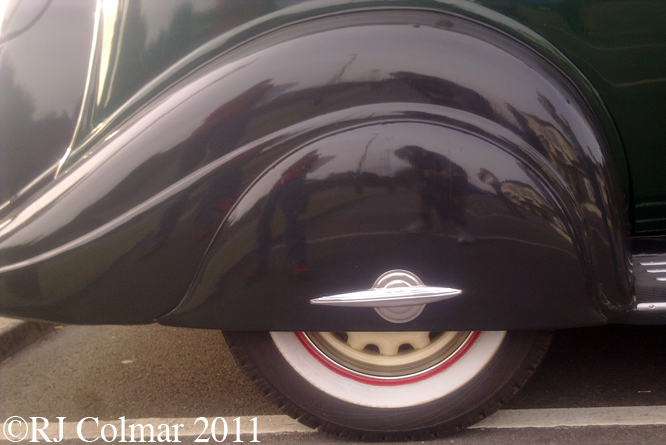In 1958 at the suggestion of engineer, journalist and former racing driver Count Giovanni “Johnny” Lurani Formula Junior was adopted as an entry level form of open wheel racing that mandated the use of engines, gearboxes and brakes from everyday production road cars.
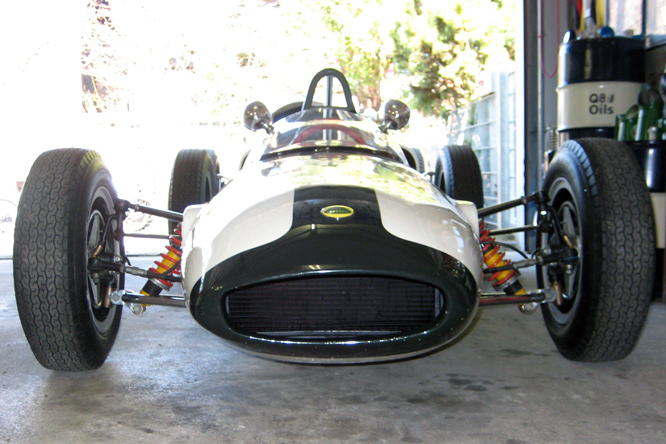
There were two classes up to 1000cc / 61 cui vehicles were allowed to run with a minimum weight of 360 kgs / 792 lbs and up 1100cc / 67 cui were allowed to run with a minimum weight of 400 kgs / 880lbs. The larger engine class was the most popular and initially a large variety of motors were used including FIAT, BMC, Moskvitch with 4 stroke 4 cylinder engines while SAAB and DKW 2 stroke 3 cylinder engines were also popular.
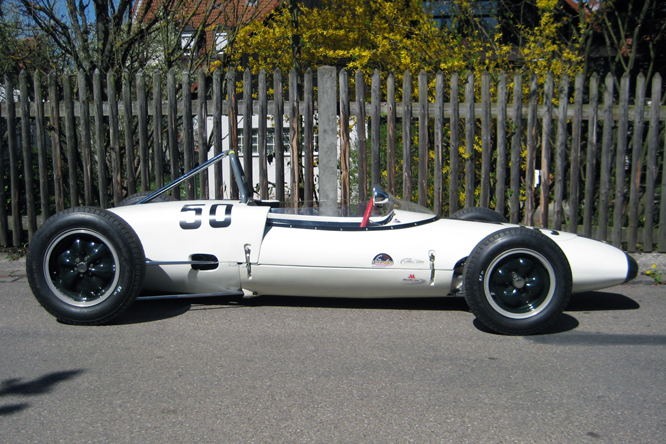
The series initially featured front engine vehicles but followed the trend set in Formula One and went the rear engined route at the turn of the decade. Lotus built a successful variation of the Lotus 18 Formula One car for formula Junior in 1960 and followed that up with Lotus 20 model that is featured today.
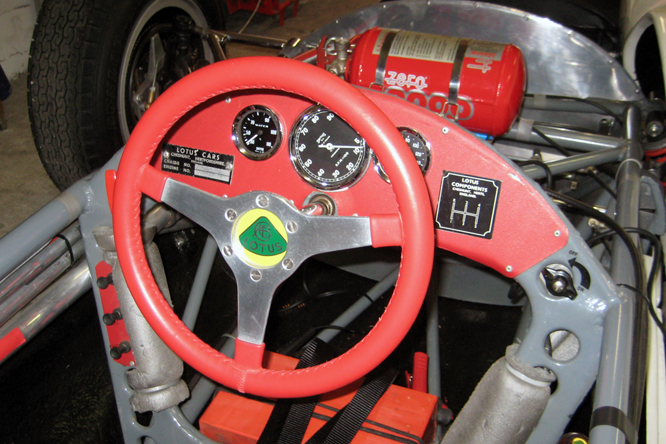
This particular Lotus 20, # 20-J-892, belongs to long time Lotus enthusiast Ralf Pickel, who fell in love with Lotus cars thanks in part to Matchbox, from Schwabach in Southern Germany.
# 20-J-892 was supplied new to Honda Racing Team manager and ex motorcycle racer Reg Armstrong fitted with a Cosworth tuned Ford engine number # 61425. Reg is thought to have driven the car at several events in Ireland.
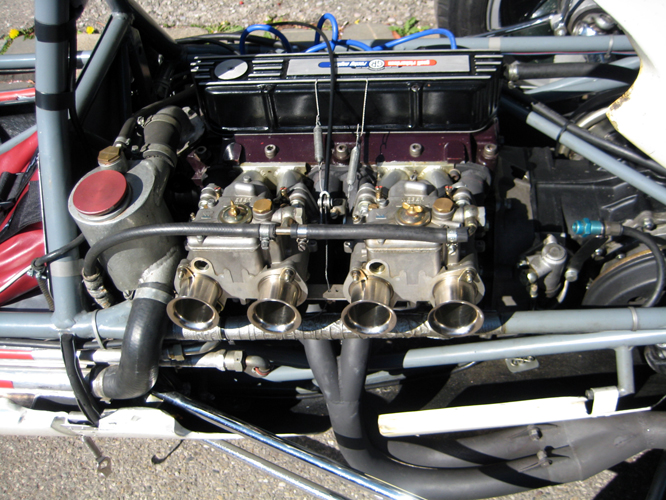
After being sold on, first to Edmund Gill then to Bill Popplewell, who shared the driving with Frank Keane in Ireland, the car was fitted with a larger engine in 1965 by Brian Cullen for entry into Formula Libre events.
At Phoenix Park a drive shaft, which also acts as a critical suspension component, snapped causing an accident while Brian was at the wheel, that damaged the left hand side of the chassis.
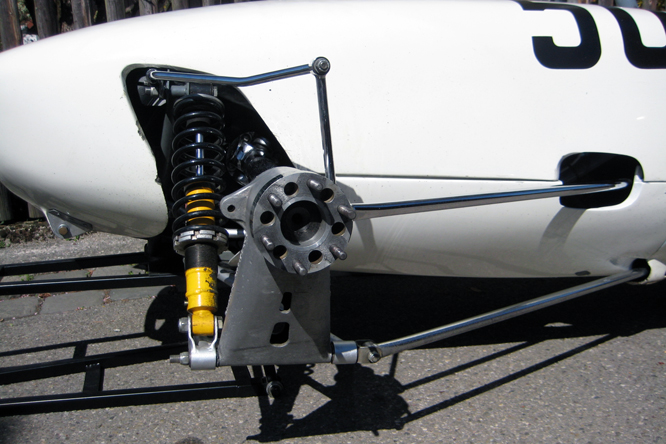
Gordon Percy bought the damaged 20-J-892 with the intention of using it to build a grass track racer but over a period of 20 years he never quite got round to it and in 2000 the car left Ireland and ended up being restored by Michael Hibberd who replaced the damaged chassis members. After a couple of further documented changes of ownership Ralf bought the car from Richard Smeeton, who had a fresh £12,000 Richardson built Ford Formula Junior engine installed, earlier this year.
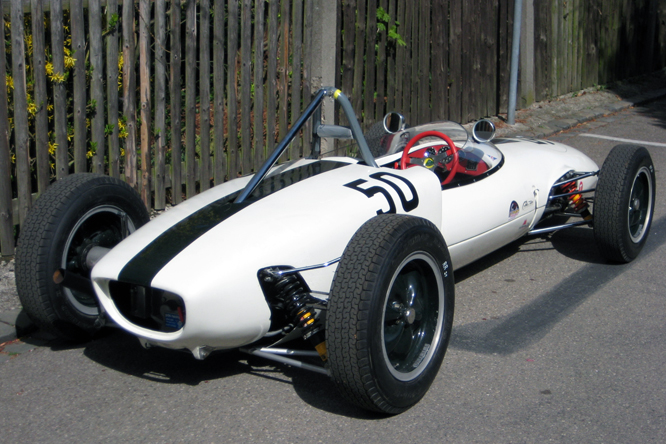
Ever since he bought the car Ralf has been wondering why the mirrors are mounted so high and close together on the screen, the probable answer has recently come to light that in the absence of timing beams on hill climbs a thread was stretched across the finish line of these events that mechanically stopped the timing clock when it was broken as cars crossed the finish line.
One one occasion when Reg Armstrong was driving today’s featured Lotus 20, which was considerably lower than all of the other vehicles in a contest, the thread was broken not by the car but Reg’s chin, reportedly causing copious blood shed.
Subsequently it is thought the mirrors were placed high on the screen to prevent further injury. A similar bloody fate befell the slightly taller Edmund Gill when he drove 20-J-892 following year when again the height of the finish line thread took no account of how low the Lotus 20 was.
To date Ralf has only had the opportunity to do some testing and demonstration events with this neat racer, but has plans to drive the car in anger for the first time next year hopefully at Hockenheim in April and Salzburgring in May.
My thanks to Ralf for sharing the photo’s and information on his Lotus. Thanks to TNFers Alan Cox, David Mckinney, Simon Thomas, Bill P, Richard Hinton, David Beard, Tim Murray, Richard Young, Edward Fitzgerald and larryd who contributed to the Lotus 20 and Reg Armstrong threads on The Nostalgia Forum.
Thanks for joining me on this Formula Junior edition of ‘Gettin’ a li’l psycho on tyres’ I hope you will join me again tomorrow. Don’t forget to come back now !

